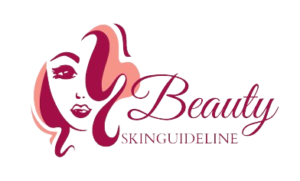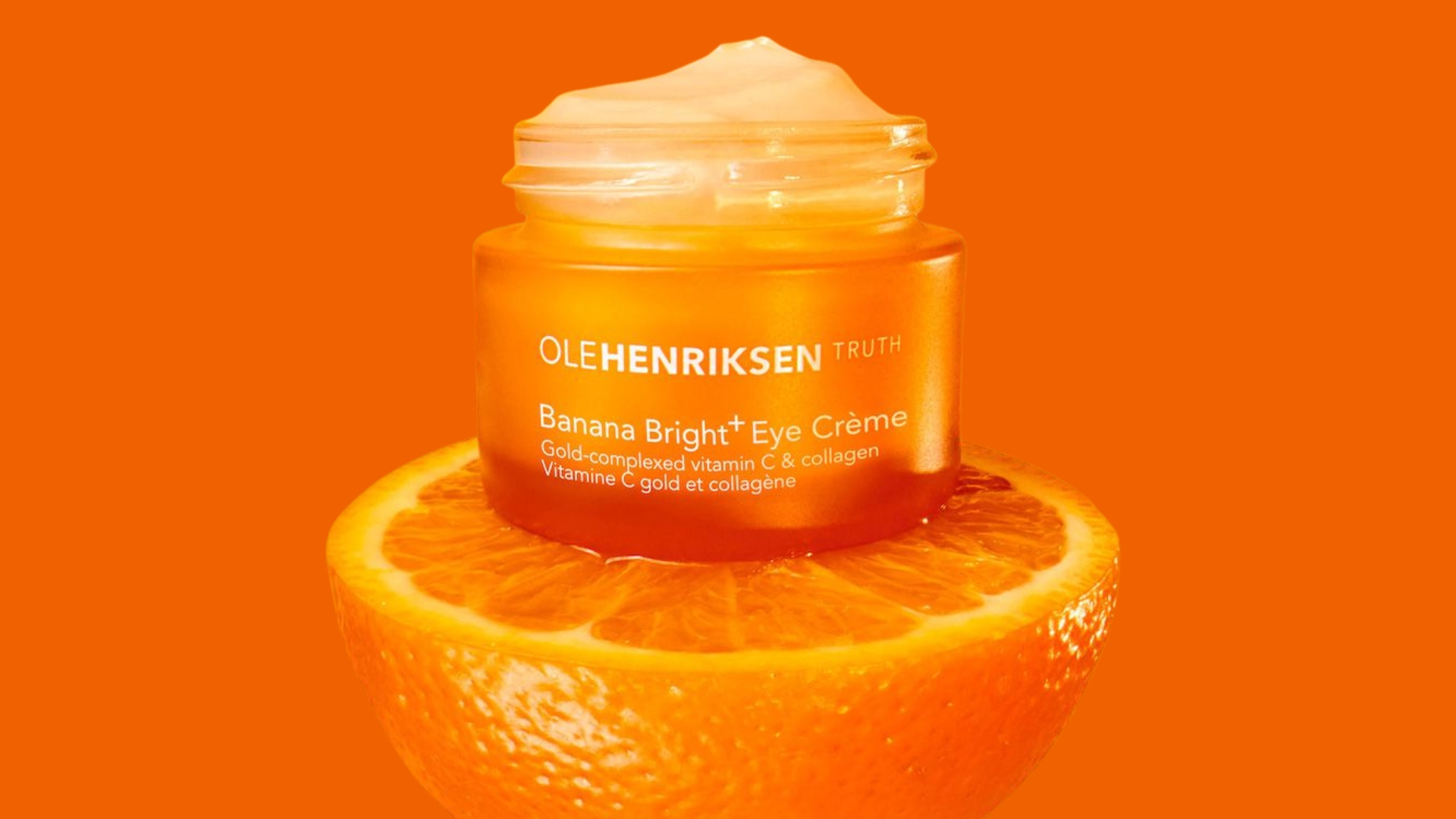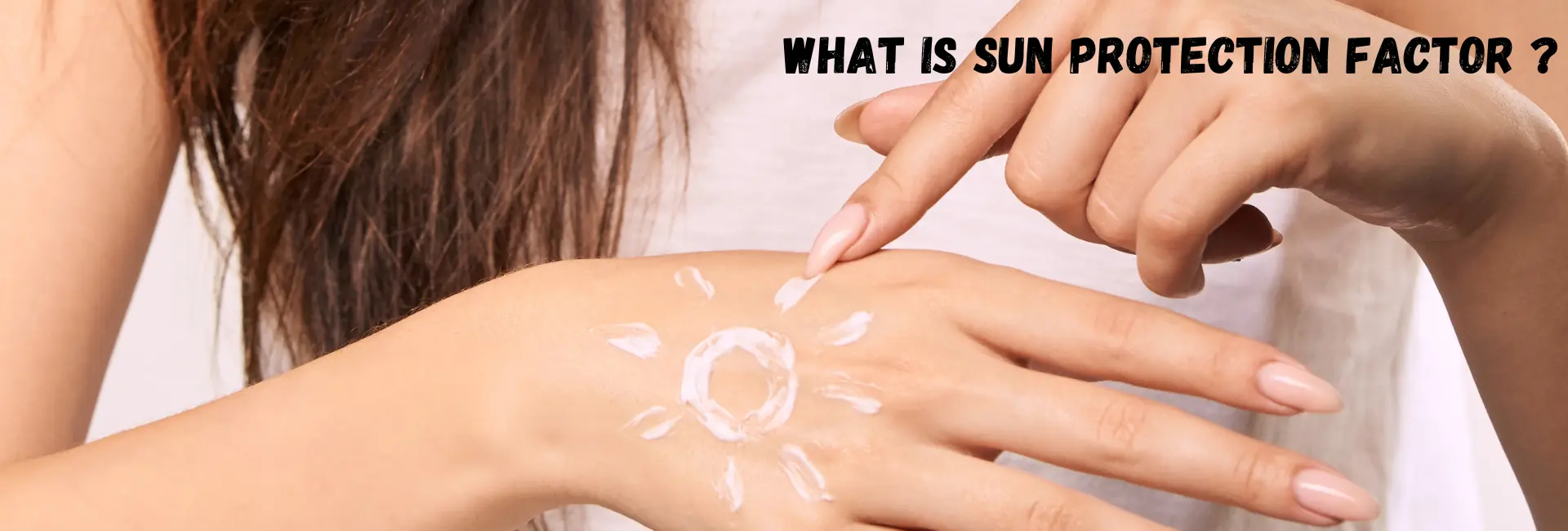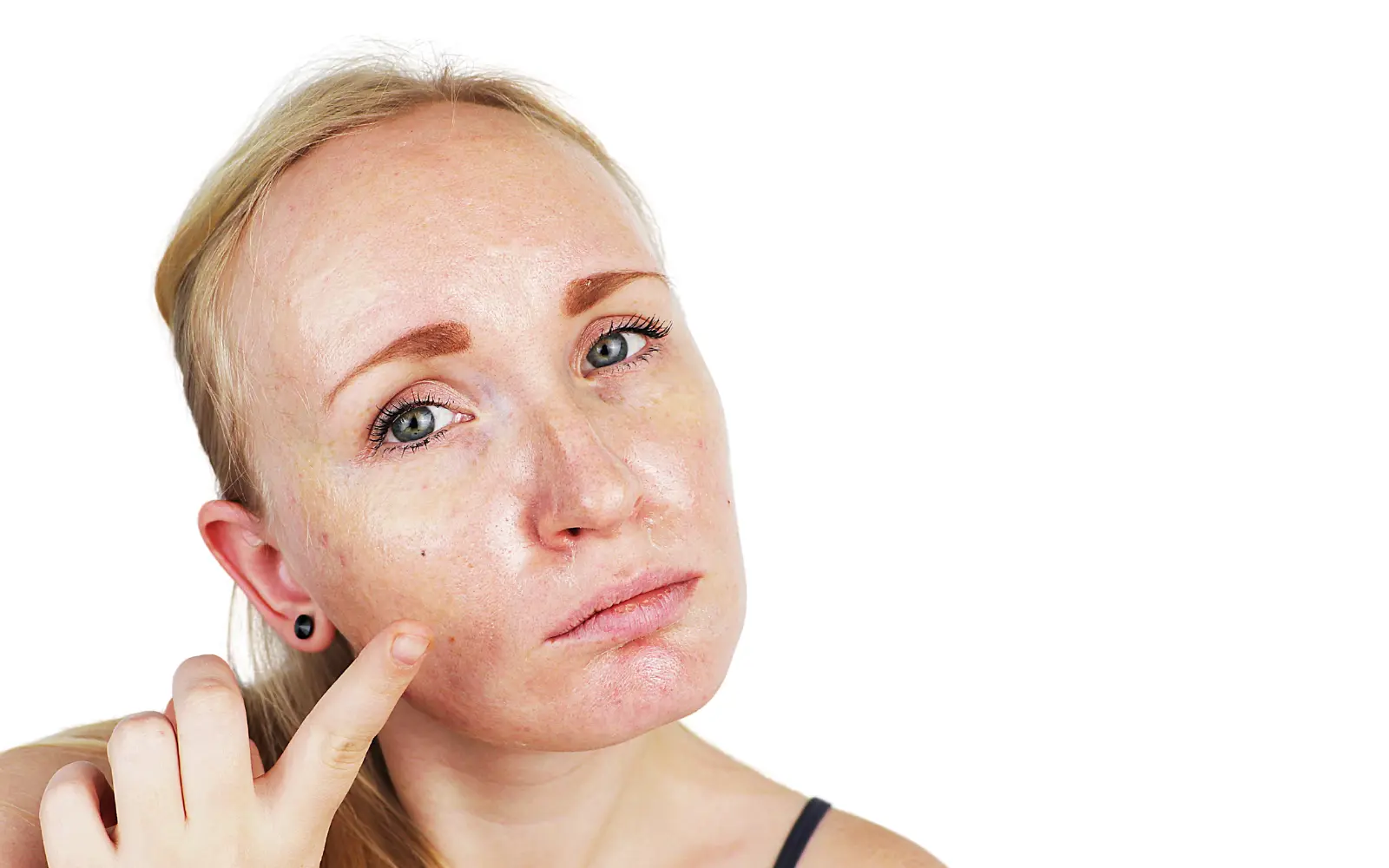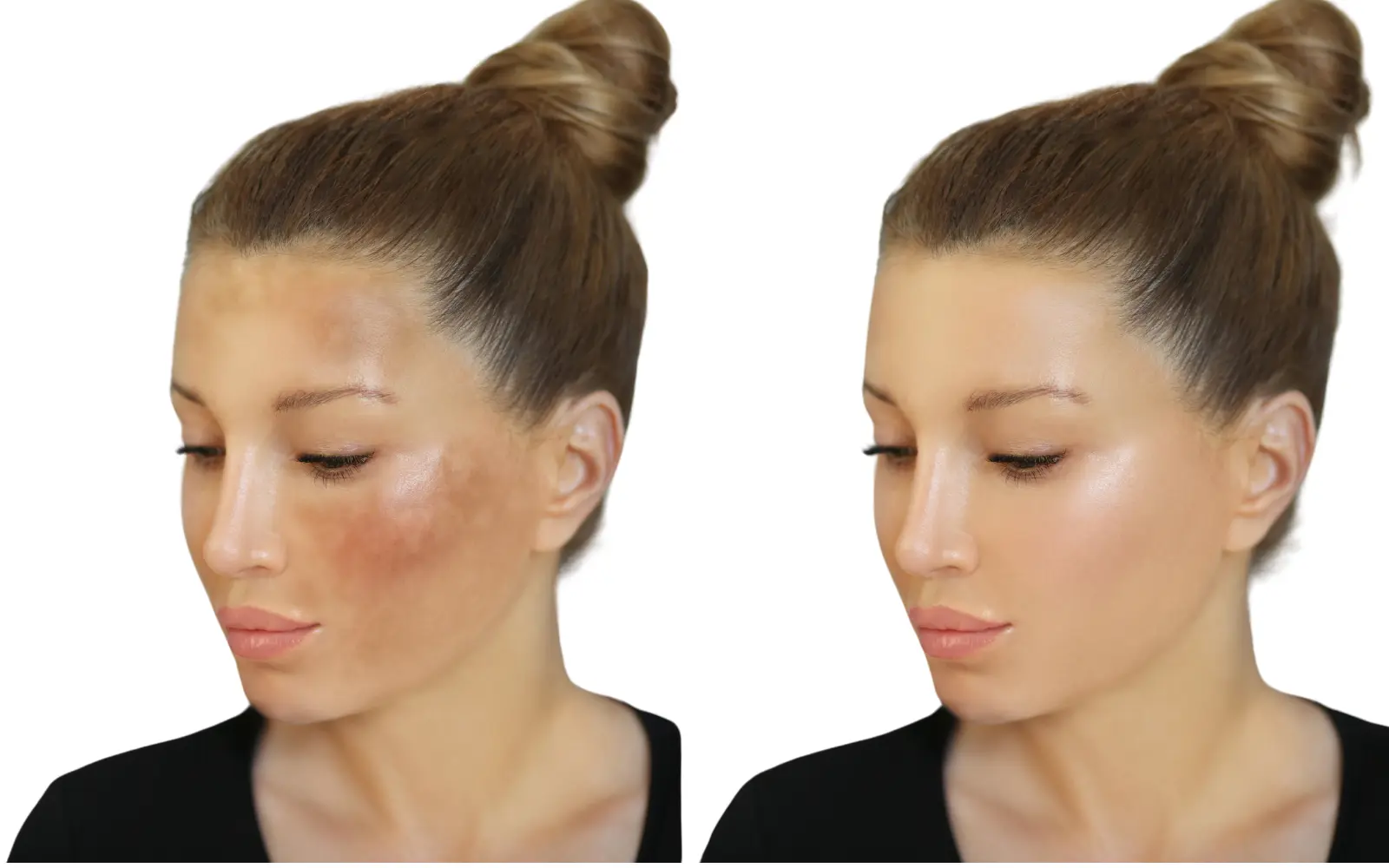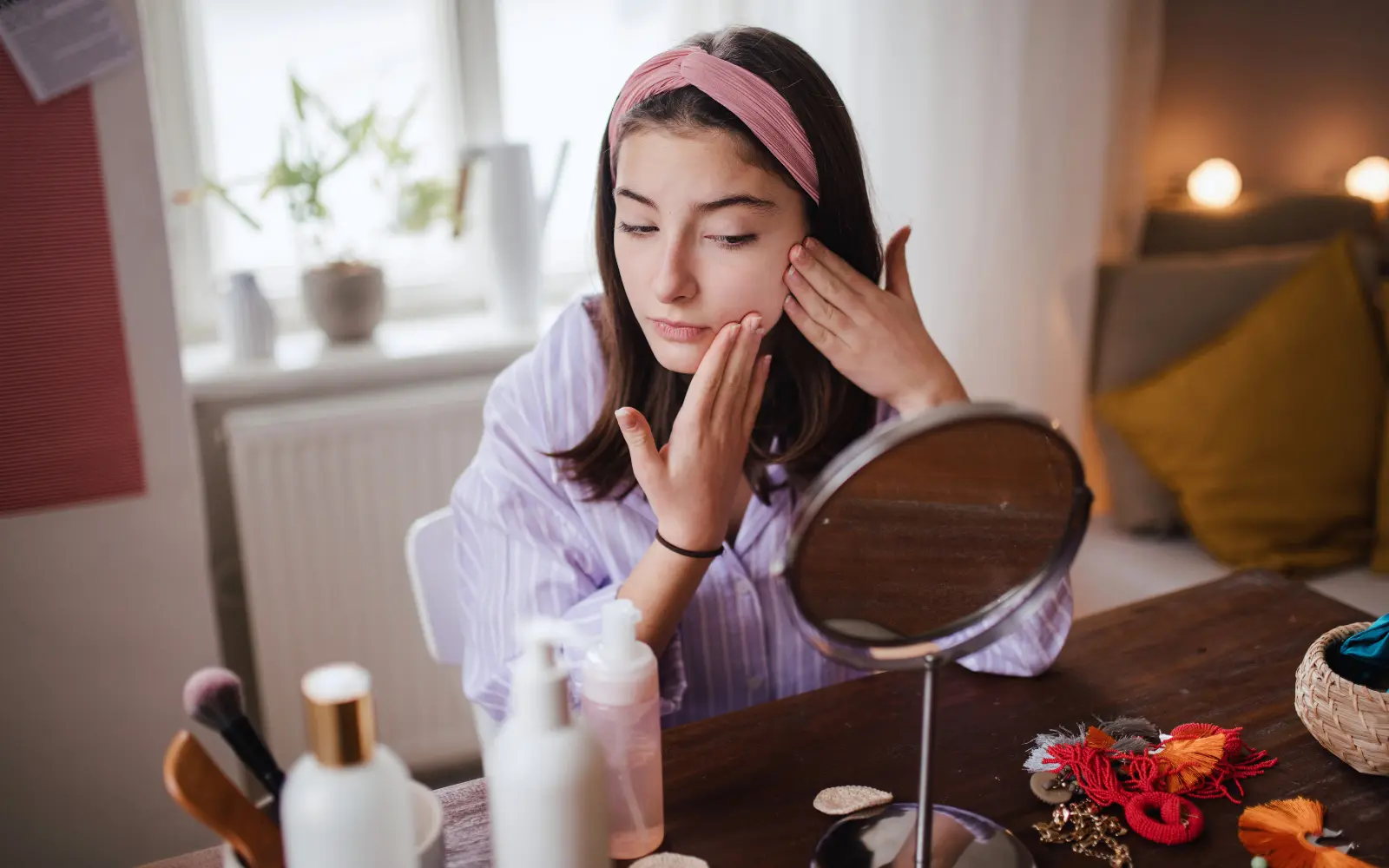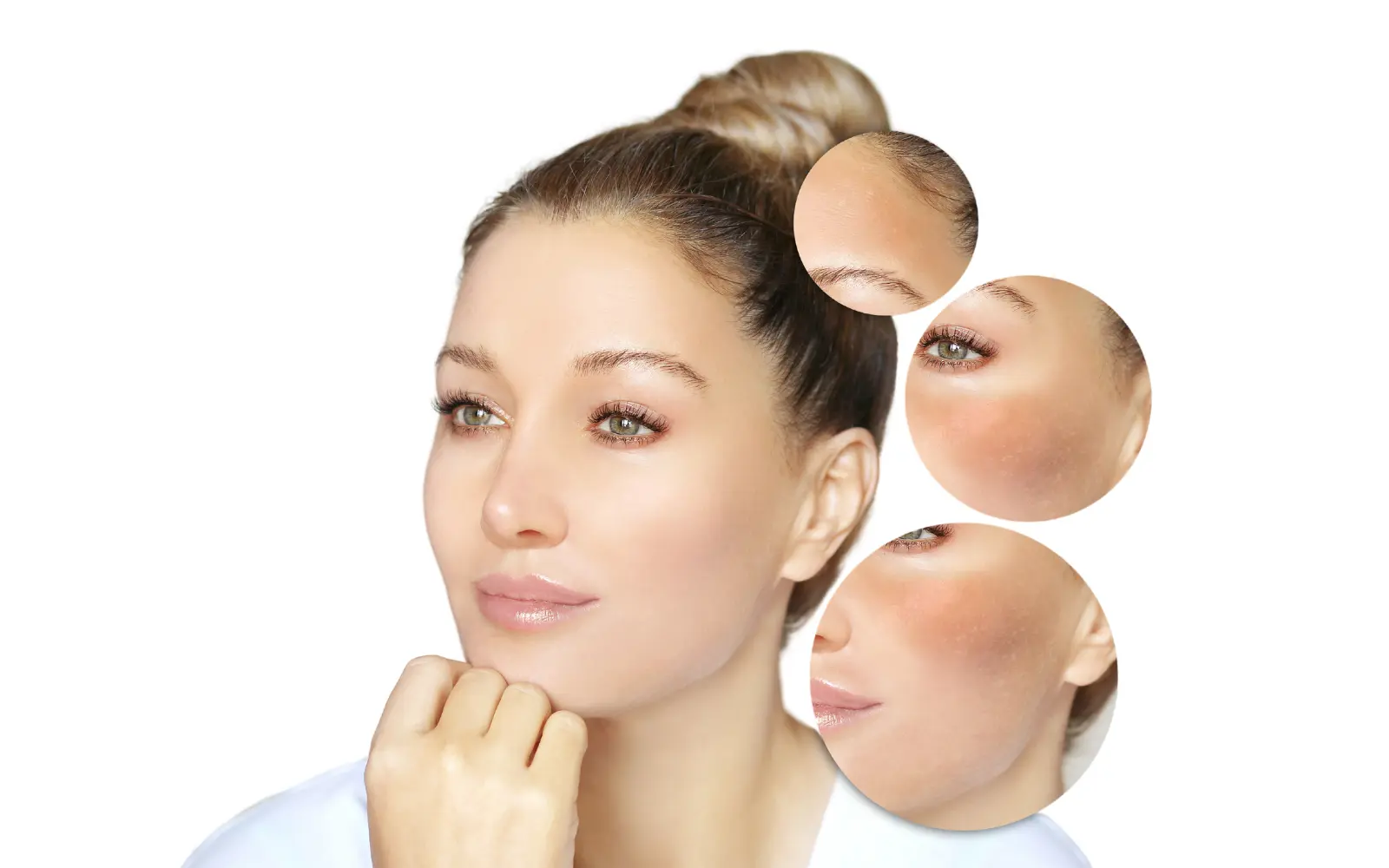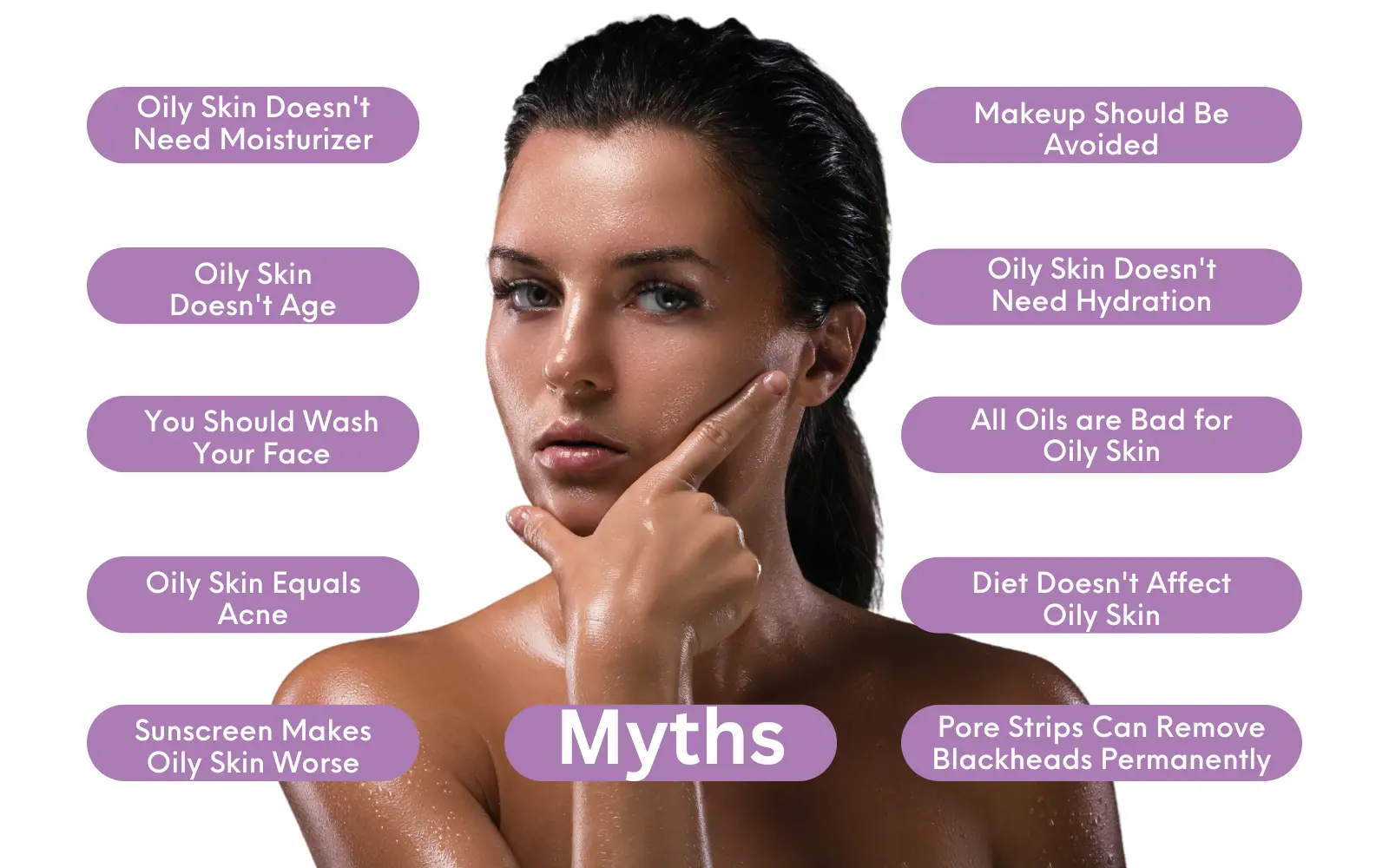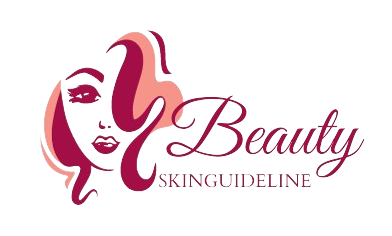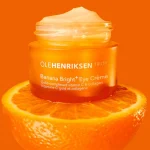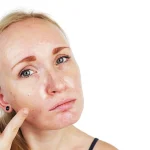Best Vitamin C Eye Creams
Vitamin C is an important part of skin care products because it has many health benefits. Vitamin C creams are especially effective in addressing a variety of skin concerns. If you’re dealing with enlarged pores, hyperpigmentation, wrinkles, or dark circles, Vitamin C can help. Its anti-aging properties boost collagen production, reduce melanin and treat scars and stretch marks. The best vitamin C eye creams can make a huge change in your skin care. For those looking for a hydrating solution, Vitamin C combined with hyaluronic acid is perfect. Our doctors, along with the world’s most popular dermatologists, recommend Vitamin C eye creams as a must-have in your skincare routine. Suitable for all skin types, these creams offer targeted care to keep your eye area looking fresh and youthful. How To Choose Best Eye Creams To ensure that you get the most effective and safe products, we worked with dermatologists. After testing and reviewing all products and ingredients we bring you the best vitamin C eye Creams. Selecting the right eye cream can significantly enhance your beauty routine, particularly in the way of treating issues like – puffiness, fine wrinkles, and dark circles under the eyes. When choosing the best eye cream for your needs, keep the following important considerations in mind: Identify Your Specific Concerns: Before selecting an eye cream, you should first establish what difficulties you want to address. Common issues include dark circles, puffiness, fine wrinkles, and dryness. Understanding your key worry will allow you to choose a product that addresses your individual requirements. Look for these Key ingredients: Effective eye creams often have particular components that address different concerns: Vitamin C: Known for its brightening qualities, it encourages the formation of collagen and helps lessen dark circles under the eyes. Hyaluronic acid: Deeply moisturizes, plumping the skin and making fine lines less noticeable. Peptides: These add elasticity to the skin and increase the production of collagen. Caffeine: It constricts blood vessels, which reduces puffiness and dark circles. Retinol: Has a noticeable effect on skin texture and reduces fine lines. These ingredients are very effective products containing these ingredients are safe. You use such a product that contains these ingredients. Our dermatologist also says the same thing. According to Your Skin Type: As with other skincare products, it’s important to pick an eye cream that’s right for your skin type. Dry skin: Look for creams that include moisturizing components such as hyaluronic acid and glycerin. Oily Skin: Look for solutions that are lightweight and non-comedogenic. For sensitive skin: Use fragrance-free and hypoallergenic products to prevent irritation. Check for allergens and scents: Avoid eye creams with potentially irritating ingredients like – artificial scents, alcohol and harsh chemicals due to the fragility of the skin around the eyes. Always remember before using a new product you should do a patch test. It’s very important. Read Reviews and References: Customer reviews can provide useful information about a product’s performance and possible adverse effects. Look for reviews from individuals who have similar skin issues as you. You can select an eye cream that soothes your concerns and enhances your skincare routine more effectively if you keep these considerations in mind. Eve Lom Time Retreat Eye Treatment Eve Lom Time Retreat Eye Treatment is a luxury and very efficient eye cream that targets the signs of aging in the sensitive eye area. This cream has innovative chemicals that claim to reduce the appearance of fine lines, wrinkles, and dark circles, leaving your eyes appearing young and rejuvenated. Size: 15 ml / 0.5 fl oz. Amazon Rating: 4 out of 5 stars. Best for Mature skin. Those seeking anti-aging advantages. Individuals with dark circles and puffiness around their eyes. Benefits Reduces the appearance of fine lines and wrinkles. lightens dark circles. Firms and moisturizes the sensitive eye region. Enhances skin elasticity. Ingredients: Retinol, Vitamin C, Sodium Hyaluronate, Shea Butter, Aloe Vera. Pros Have an effective anti-aging solution. Lightweight and readily absorbed Suitable for delicate skin. Dermatologist-approved. Cons Premium price point Retinol may be too strong for some users. An Amazon reviewer says: “I’ve been using Eve Lom Time Retreat Eye Treatment for a few months now, and I can see a noticeable difference in my under-eye area. The fine lines have diminished, and my dark circles are much lighter. It’s a bit pricey, but totally worth it for the results!” Ole Henriksen Banana Bright+ Eye Crème Ole Henriksen Banana Bright+ Eye Crème is a highly rated product that has garnered popularity because of its brightening and anti-aging properties. Inspired by makeup professionals’ “banana powder” method, this eye cream promises to highlight and color-correct the under-eye region while also offering extreme hydration and decreasing aging indications. Size: 0.5 fl. oz. (15 ml) Amazon Rating: 4 out of 5 stars. Best for: All skin types, but especially those who want to make their under-eye area look brighter and firmer. Benefits It contains vitamin C, which helps to decrease dark circles and brighten the region under the eyes. It minimizes the appearance of fine lines and wrinkles. It deeply hydrates the sensitive skin around the eyes. Smooths out the area under the eyes so that makeup goes on smoothly. Ingredients: Vitamin C, Collagen, Banana Powder-Inspired Pigments, Jojoba Seed Oil and Shea Butter. Pros Brightens and minimizes dark circles. hydrates and tightens the skin. Lightweight and absorbs rapidly. Prepares the skin for cosmetic application. Cons Some buyers may consider it somewhat costly. An Amazon reviewer says: “This eye cream is a game-changer! I’ve noticed a significant reduction in my dark circles, and it leaves my under-eye area looking bright and refreshed. Plus, it works great under makeup, keeping it from creasing. Highly recommend it!” Farmacy Wake Up Honey Eye Cream with Vitamin C Farmacy Wake Up Honey Eye Cream with Vitamin C is a reviving eye cream that brightens and moisturizes the sensitive skin around your eyes. This eye cream, combined with the power of Vitamin C and nourishing honey, seeks to decrease the appearance
Best Vitamin C Eye Creams Read More »

